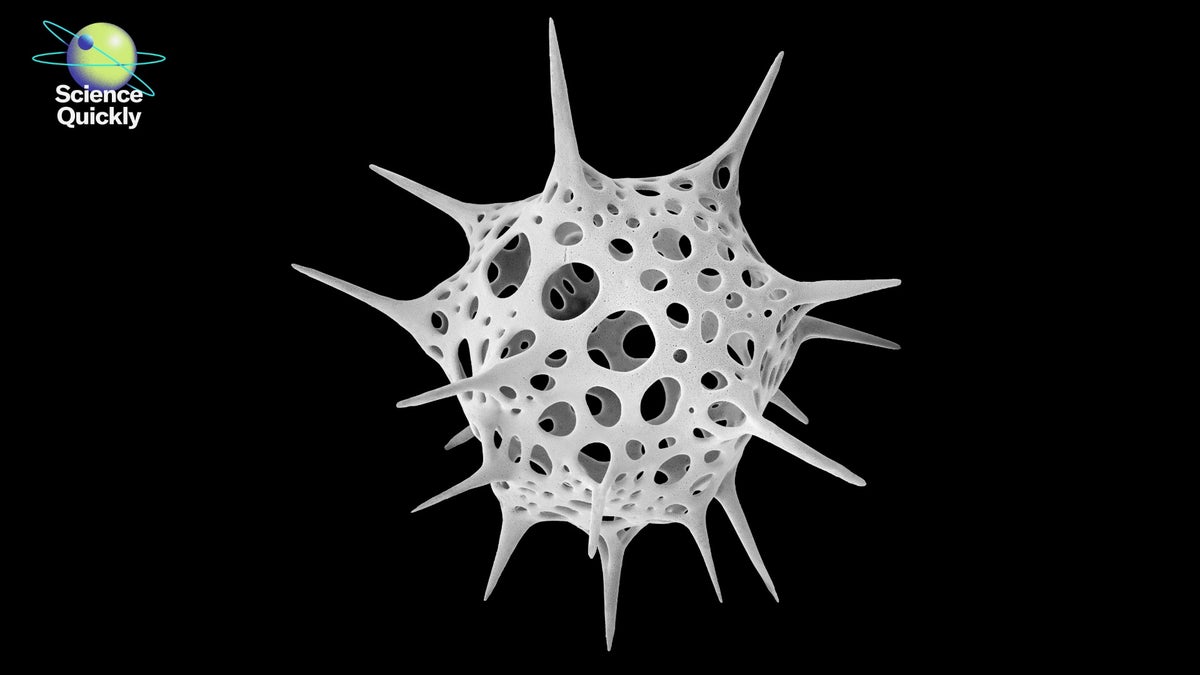
"Three years of continuous snowflake production [Laughs] because it'sbecause really it, the winter, lasts for half the year. I worked out a methodology to get snowflakes into the vacuum chamber of the electron microscope using liquid nitrogen. I had this kind of cryopod, which was used to take DNA samples around Canada. So you can capture the flakes and keep them at -200 or something degrees, something incredibly cold and then you have a shot at getting it into the vacuum chamber."
"You know, it, it sublimates, and it melts. But you have about three minutes to capture a snowflake. And so we worked out a methodology to get high-quality SEM [scanning electron microscope] images of, of snowflakes. [Flips to another page of the book.] That's a close view of the center of this thing. You can see why no two snowflakes are, are alike when you look with a microscope like this because they're so complex, you know?"
Three years of continuous snowflake production were conducted in Ottawa during long winters. A cryogenic methodology using liquid nitrogen and a cryopod originally used for DNA sampling enabled capture of flakes at roughly -200°C for transfer into an electron microscope. Ice sublimes and melts under vacuum and electron beams, allowing only about three minutes for imaging. The procedure provided a practical window to obtain high-quality scanning electron microscope images. The images revealed complex, unique snowflake structures, including bisected tines, and shifted perceptions from expecting geometric perfection to appreciating natural asymmetry and beauty.
Read at www.scientificamerican.com
Unable to calculate read time
Collection
[
|
...
]